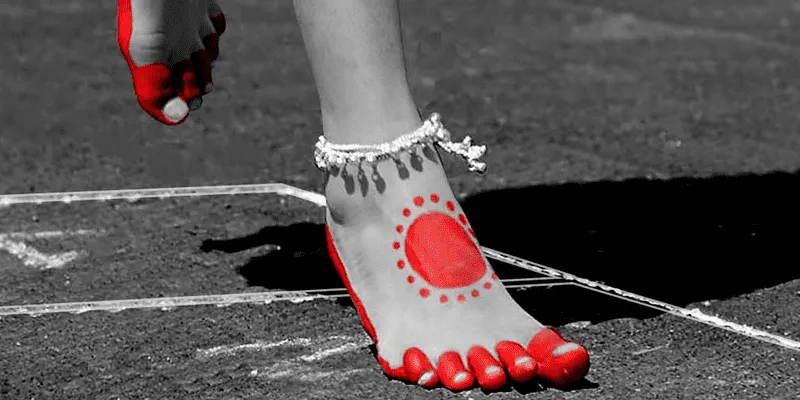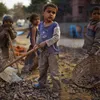Child marriage in India is plaguing both boys and girls, says CRY; highlights steps needed to mitigate the issue
Ahead of the International Day of the Girl Child, Child Rights and You (CRY) released a report that said India has about 17.26 million married children and adolescents within the age-group of 10-19 years.
CRY — Child Rights and You, ahead of the International Day of the Girl Child, released an in-depth study on the ‘Status and Decadal Trends of Child Marriage in India,’ highlighting the socio-economic determinants responsible for the issue.
The Indian NGO, working for children welfare and rights, also highlighted the projection of 13 million additional child marriages globally (UNFPA 2020) in its report, saying that it’s high time to adopt gender-responsive strategies to mitigate the impact on vulnerable adolescent girls at the individual, family, community, and the systemic levels.
According to the findings of the CRY report, about 17.26 million married children and adolescents within the age-group of 10-19 years or seven percent of the population in the same age-group (Census 2011) are married in India. It also revealed that girls between 10-19 years of age account for 75 percent of all the married children in India (13.04 million out of 17.26 million).
As per the 2011 Census, five states, including Uttar Pradesh, Bihar, West Bengal, Maharashtra, and Rajasthan account for 55 percent of all the child and adolescent marriages in India.
Puja Marwaha, CEO of CRY, said, “While child marriage is a practice that affects both girls and boys, its impact on girls, especially from marginalised communities, is higher. There is also an urgent need for strengthening the implementation of the Prohibition of Child Marriage Act, 2006.”
When it comes to education, the dropout rates for girls increases with each stage of education. As they move closer to their ‘marriageable age,’ these young girls are forced into early marriage and are vulnerable to early motherhood since their access to quality health services and information on sexual and reproductive health, nutrition, and other support is often limited.
It highlights that states with the highest percentages of married children, including Jharkhand, Assam, and Bihar have reported low school enrolments among girls. Likewise, Uttar Pradesh, Odisha, Madhya Pradesh, and Chhattisgarh have reported high rates of MMR, IMR, and NMR.

Representational image | Credit: CRY
The report further points out some worrying trends in India over the last decade (2001-2011). This include:
- Girls in rural areas within the age-group of 15-19 years continue to account for more than half (57 percent) of all married children in the country.
- The surge of child marriages, especially in urban areas (41 percent)
- High vulnerability of children marrying during the early and late adolescence.
- The rise in marriages among boys along with girls (the number of married boys has increased by 19 percent over 2001-2011).
“Child marriage is more of a socio-economic issue and is directly linked to poverty and education. To end child marriage, the focus should be on both educating and economically empowering girls,” National Human Rights Commission (NHRC) Member Jyotika Kalra said.
Ravi K Verma, Director at ICRW – Asia pointed out that more than stopping child marriage, societies need to focus on the prevention of this act. He said, “Instead of looking through the lens of law, we need to broaden our vision to address all the issues whether it is security, education, health, and aspirations of the girl by listening and understanding the perspective of the community and the family.”
Suggesting a plausible long term solution to this grave problem, Puja said, “CRY strongly believes that the effects of child marriage are inter-generational, and directly impacts education, health, nutrition, and poverty of a society and nation. Ensuring good health and nutrition of girls, the completion of 12 years of schooling, availability of life skill education, and opportunities for higher education are likely to break this vicious cycle of intergenerational deprivation, malnutrition, and poverty.”
Edited by Suman Singh







